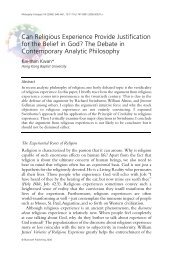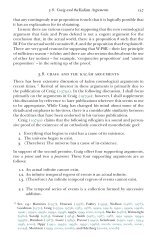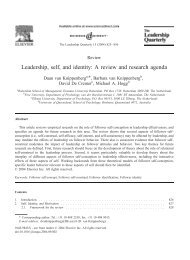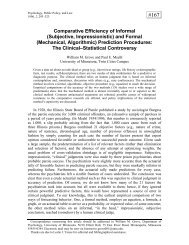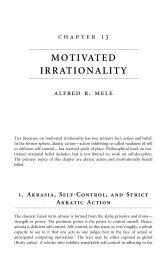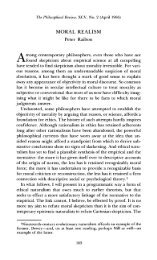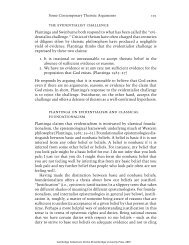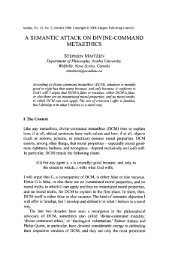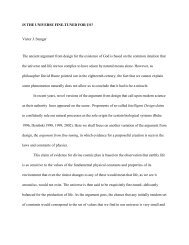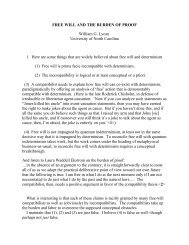Atheism and Theism JJ Haldane - Common Sense Atheism
Atheism and Theism JJ Haldane - Common Sense Atheism
Atheism and Theism JJ Haldane - Common Sense Atheism
You also want an ePaper? Increase the reach of your titles
YUMPU automatically turns print PDFs into web optimized ePapers that Google loves.
12 J.J.C. Smart<br />
As I suggested at the beginning of this essay it is a mistake to think of<br />
theories, even in theoretical physics, merely as useful myths. A vulgarization<br />
of Thomas Kuhn’s ideas has in some quarters led to much relativism<br />
about truth <strong>and</strong> reality. As a corrective to this I have frequently in the past<br />
had occasion to refer to an interesting article by Gerald Feinberg 15 in which<br />
he claims that ‘Thales’ Problem’, the problem of explaining the properties<br />
of ‘ordinary matter’, has been solved. The properties of the water of the sea,<br />
the earth <strong>and</strong> rocks of the l<strong>and</strong>, the light <strong>and</strong> heat of the sun, the transparency<br />
of glass, <strong>and</strong> things of that sort, can be explained definitely using only<br />
the theory of the electron, proton, neutron, neutrino <strong>and</strong> photon <strong>and</strong> their<br />
antiparticles if any. This theory is ordinary quantum mechanics supplemented<br />
by the inverse square law of gravitation. (Deeper theories, such as quantum<br />
field theory, are needed to explain the fundamental properties of the electron,<br />
proton, neutron, neutrino <strong>and</strong> photon, requiring discussion of the more<br />
recondite <strong>and</strong> very transient particles produced at high energies, but that<br />
is another matter.) This part of physics, Feinberg argues, is complete. It is<br />
not likely to be relegated to the scrap heap, as was phlogiston theory. We<br />
must remember that even revolutions allow for approximate truth in the<br />
proper domain of application of the earlier theories. 16 Newtonian mechanics<br />
gives predictions that are correct within observational error for objects<br />
whose velocities are not too high or which are not too near very massive<br />
bodies. Sometimes indeed there can be a change in ontology. General relativity<br />
shows how to replace the notion of gravitational force in favour of the<br />
geometrical notion of a geodesic, but much of classical mechanics has no<br />
need of this ontology <strong>and</strong> can be stated in terms of masses <strong>and</strong> their mutual<br />
accelerations.<br />
With these cautions in mind, let us now look more sympathetically at<br />
reasons why the ‘New Physics’ has suggested a more favourable attitude to<br />
some sort of theism.<br />
3 The New Teleology <strong>and</strong> the Old<br />
By ‘the new teleology’ I mean the sort of teleological argument for the existence<br />
of God which rests its case on the wonders <strong>and</strong> fundamental laws of the<br />
universe at large. Such a teleology concedes that the sort of argument used by<br />
William Paley 17 in the nineteenth century will not do: we do not need to<br />
postulate a designer for a kangaroo, a hawk’s eye, or the human immune<br />
system, since the evolution of these can be explained by the neo-Darwinian<br />
theory of natural selection together with modern genetics which includes<br />
neo-Mendelian population genetics <strong>and</strong> contemporary ideas of molecular<br />
biology. Molecular biology gives insight into the chemistry of how genes



